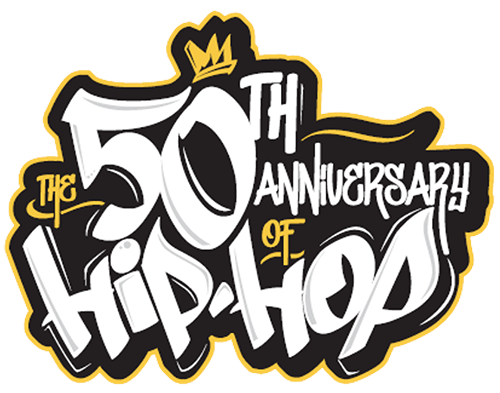For the next few months we’re going to be celebrating the 50th anniversary of Hip-Hop by taking a look back at where it all began…. Let’s start from the first break.
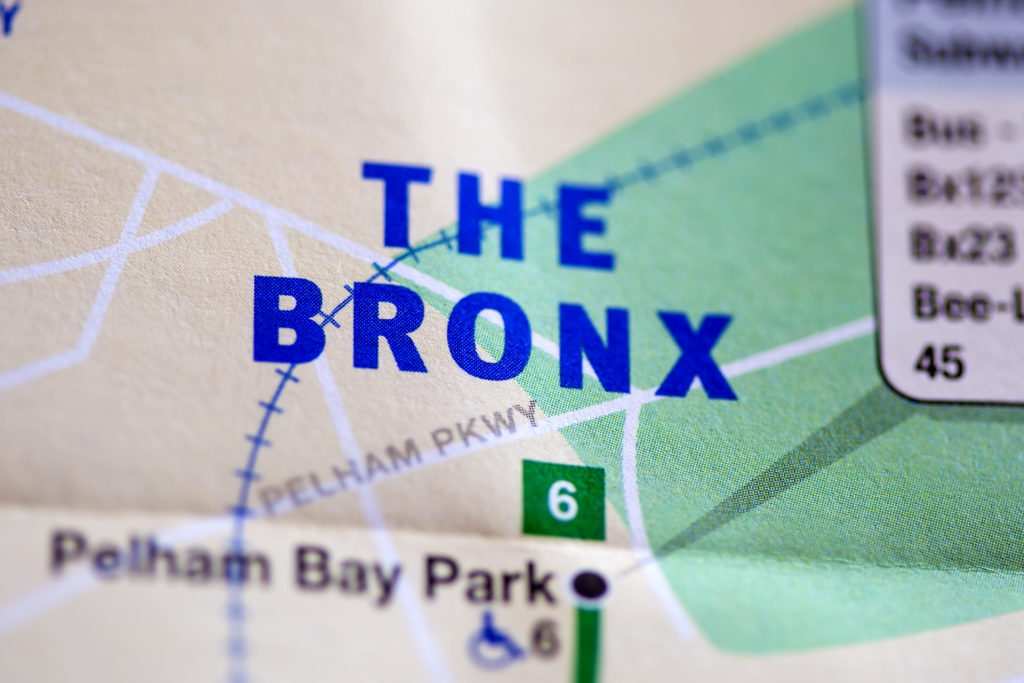
Picture the Bronx, circa 1973, a landscape marked by crumbling buildings, economic inequality, and a palpable sense of struggle. This borough of New York City was a microcosm of the socio-economic disparities that plagued urban America, where poverty and neglect seemed to dominate the narrative. Yet, amidst the challenges and adversities, a cultural revolution was brewing — one that would give birth to a genre that would transcend generations, break down barriers, and redefine music and expression. This was the birth of Hip-Hop, an artistic movement that would go on to transform the world.
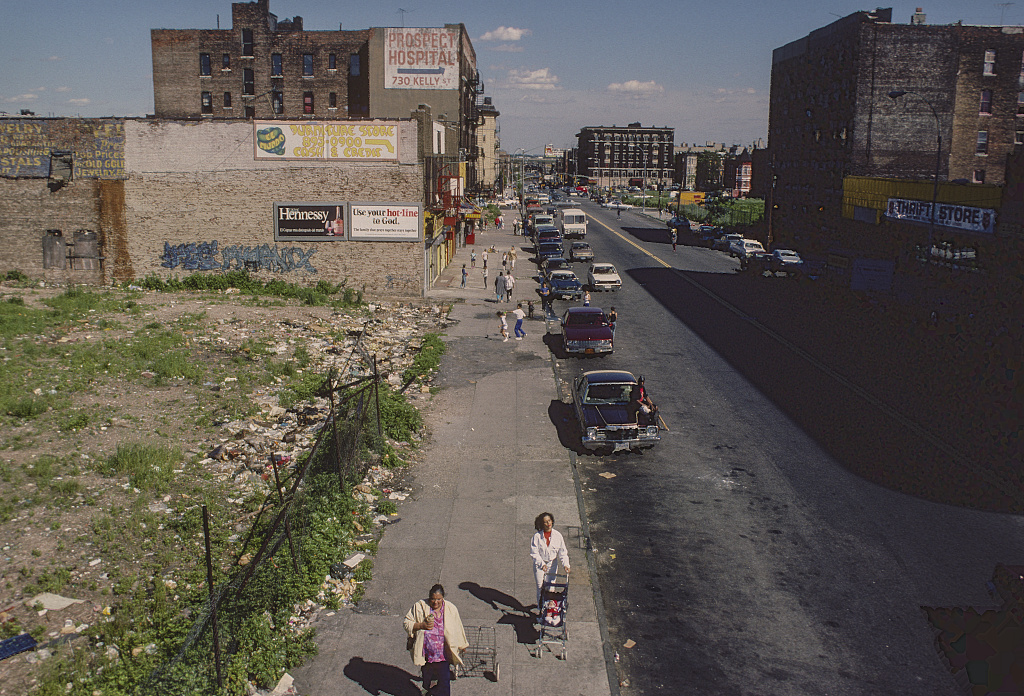
THE BRONX IN THE 80’S
In those humble and often harsh streets of the Bronx, young minds, yearning for a way to escape the confines of their circumstances, sought solace in the power of creativity. It was a canvas of adversity on which they would paint their stories, giving voice to their experiences, dreams, and aspirations. The spark of hip hop emerged from this fertile ground, initially igniting through the rhythmic pulse of boomboxes and the communal spirit of block parties.
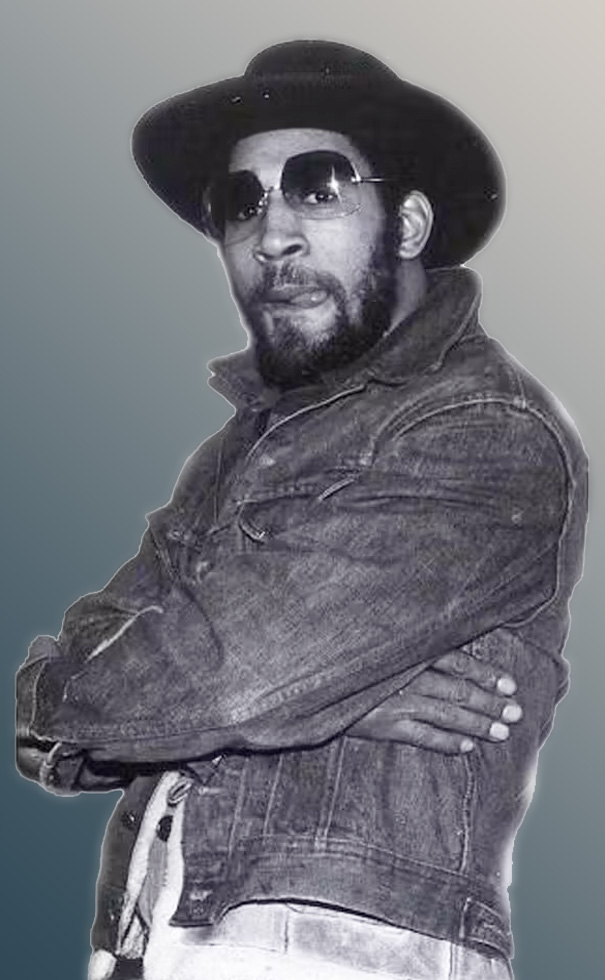
At the forefront of this budding movement stood DJ Kool Herc, often hailed as the founding father of hip hop. With an innovative approach to turntablism, he wielded records as tools of musical manipulation. Kool Herc’s revolutionary technique involved isolating and extending the instrumental “breaks” of funk and soul records, creating a mesmerizing tapestry of beats that captivated listeners and dancers alike. This marked the inception of what we now know as sampling, an art form integral to hip hop’s evolution.
These block parties served as incubators for the budding genre. As Kool Herc pioneered the sonic landscape, MCs (Masters of Ceremony) began to emerge as storytellers, weaving their narratives over the intricate beats. The microphone became a conduit for expression, a means to channel the struggles and triumphs of everyday life into poetic verses that resonated with a community searching for a voice.
Grandmaster Flash, Afrika Bambaataa, and the Furious Five were among the pioneering MCs who took the baton from Kool Herc and ran with it. They transformed the art of rapping into a profound means of communication, addressing issues that ranged from social inequality to personal experiences. Their verses were laced with authenticity, offering a window into the reality of the Bronx’s urban landscape.
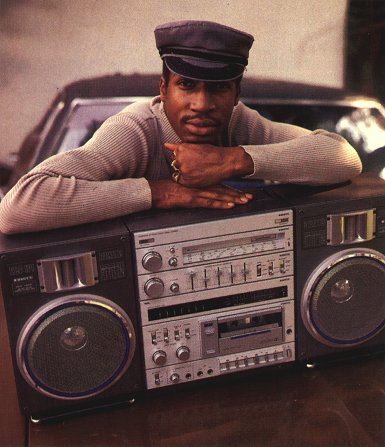
GRANDMASTER FLASH
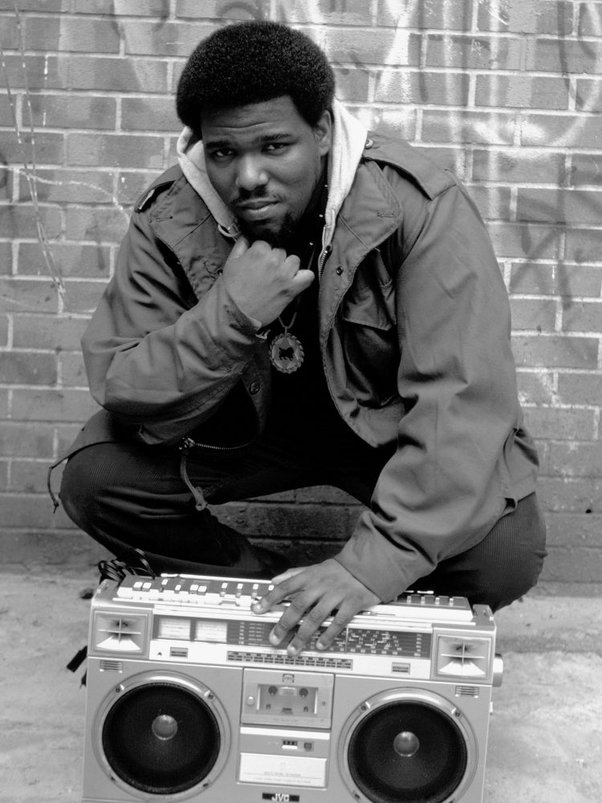
Afrika Bambaataa
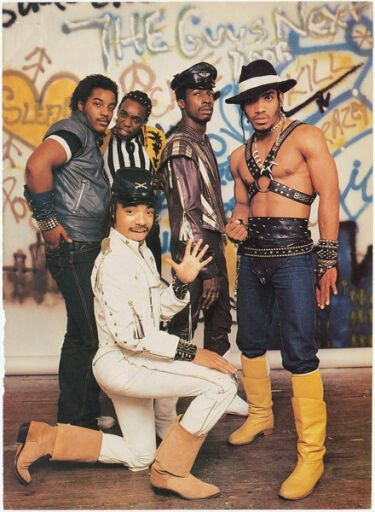
THE FURIOUS FIVE
The late 1970s and early 1980s marked the formalization of Hip-Hop‘s identity, as it gradually expanded beyond the Bronx’s borders. The genre’s growth was facilitated by a series of pivotal moments. DJ Grand Wizard Theodore’s accidental discovery of the “scratch” technique, an innovation that added a new layer of sonic complexity, pushed the boundaries of turntablism. The introduction of the drum machine and the 808 kick drum allowed producers to craft entirely new sounds, contributing to the genre’s sonic diversity.
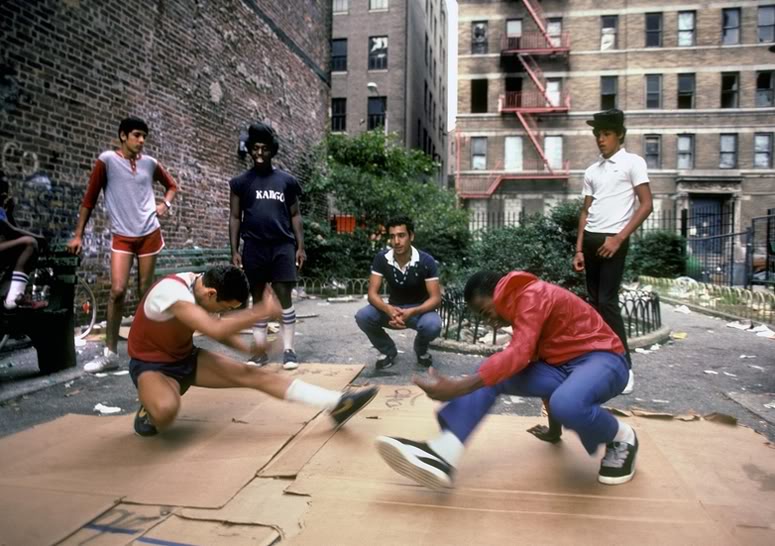
As hip hop’s reach extended, its influence began to permeate other artistic domains, including dance and visual arts. Breakdancing, or b-boying/b-girling, became an integral part of the culture, with dancers defying gravity with their acrobatic moves.
The 1980s, particularly in neighborhoods with predominantly African American and Latinx populations, graffiti artists took to the streets, adorning walls with vibrant colors and intricate designs that mirrored the spirit of Hip-Hop‘s creativity and rebellion. Often referred to as “writing” or “bombing,” graffiti emerged as a powerful means of self-expression for marginalized urban youth in New York City during this period. It provided a visual identity for Hip-Hop culture, creating a distinct and recognizable aesthetic. The colorful and complex lettering styles, combined with imagery and symbolism, contributed to the development of a unique visual language. Graffiti often carried social and political messages, addressing issues like racism, inequality, and urban decay. Artists used their work to communicate their experiences and perspectives, sparking conversations about these pressing topics.
As Hip-Hop gained mainstream attention, graffiti art also started to be recognized by galleries and collectors. This led to both positive and negative outcomes, as some artists enjoyed increased visibility and opportunities, while others felt that their art was being co-opted and commodified. Graffiti’s fusion of art, activism, and urban expression contributed to the cultural revolution that defined the era.
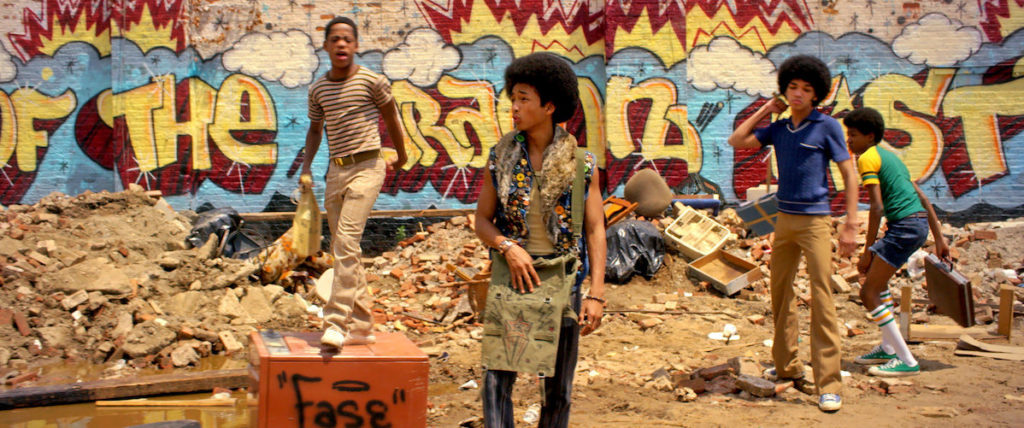
In retrospect, the early years of Hip-Hop were marked by an undeniable sense of grassroots authenticity. The movement was a direct response to the environment in which it was birthed — a creative rebellion against adversity, inequality, and cultural erasure. It was an artistic uprising driven by a generation’s collective desire to be heard and seen by the world that frequently boxed them in.
In a world where the beats of Hip-Hop continue to resonate, it’s important to remember its origins — the streets, the boomboxes, the breakdancers, the artists and the MCs who transformed the struggle into art. Hip-Hop‘s journey is a living testament to the notion that from the harshest of circumstances, the most beautiful and impactful art can emerge, forging connections across time, space, and culture.
From its humble beginnings on the streets of the Bronx, Hip-Hop has evolved into a multi-billion-dollar industry, influencing fashion, language, politics, and social dynamics. Its journey from those block parties to international stages is a testament to the power of artistic expression, the resilience of communities, and the boundless potential of young minds seeking to tell their stories.
BUT THE RECORD NEVER STOPPED THERE!
come back next week!


